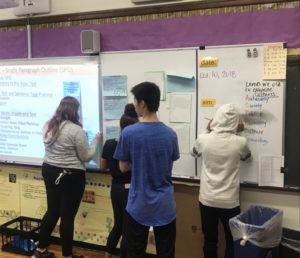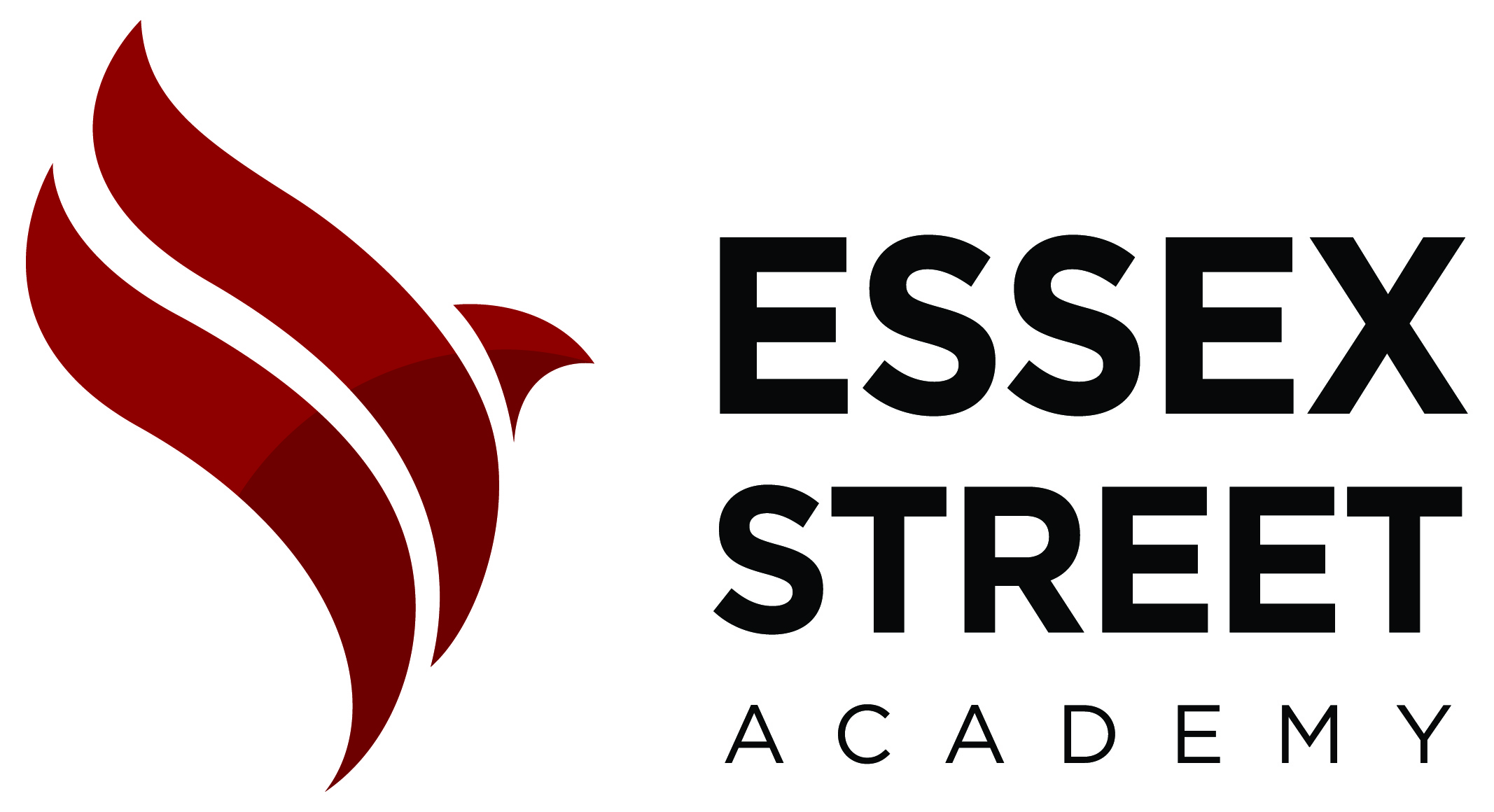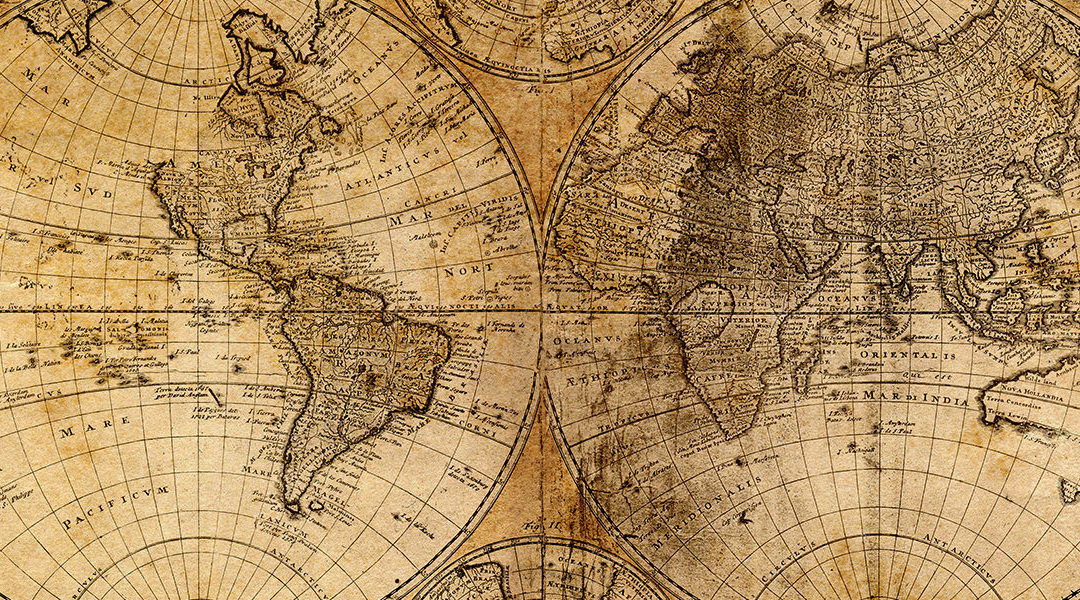Worlds Collides, a combined 9th and 10th Grade Social Studies Class, is an exploration of the indigenous people of Central America and the Caribbean and the eventual clash with European aggressors. Students are digging in to both primary and secondary sources to develop a deep understanding of the most substantial civilizations prior to European interference. By exploring the cultural and technological magnitude of the Taino, Aztec, and Mayan people our hope is to argue that the modern realities of the region are not solely a result of Spanish conquest and development through European conventions, but rather a product of indigenous accomplishments and contributions assimilating with the Spanish characteristics. A particular quote from a recent reading I did sums up much my motiv ation as a teacher and model for young people in just a few sentences. In their 2014 article, Disciplinary Literacy in History: A Toolkit for Digital Citizenship, in the Journal of Adult and Adolescent Literacy, Sam Wineburg and Abby Reisman stated, in reference to their own work around history instruction, “If our curriculum has anything to do with career preparation, it is not about the profession of historian. It’s focus is the vocation of the citizen.” This quote seems particularly relevant to me in that I hope to teach my students to be effective thinkers and learners so that they apply the development of critical thinking and academic literacy to their own lives. Teaching students to source and contextualize information they consume, corroborate multiple resources so as to ensure their value, and to close read in order to understand a perspective and the evidence which is intended to persuade. For me the bottom line is: if I can teach my students to do the work of a historian, then I am enabling them to be functional and contributing members of their families, communities, and world. I will aim to do this by providing high quality primary sources whenever available and utilizing points of view of, analyzing the time period, potential biases, and inherent strengths and weaknesses of particular texts.
ation as a teacher and model for young people in just a few sentences. In their 2014 article, Disciplinary Literacy in History: A Toolkit for Digital Citizenship, in the Journal of Adult and Adolescent Literacy, Sam Wineburg and Abby Reisman stated, in reference to their own work around history instruction, “If our curriculum has anything to do with career preparation, it is not about the profession of historian. It’s focus is the vocation of the citizen.” This quote seems particularly relevant to me in that I hope to teach my students to be effective thinkers and learners so that they apply the development of critical thinking and academic literacy to their own lives. Teaching students to source and contextualize information they consume, corroborate multiple resources so as to ensure their value, and to close read in order to understand a perspective and the evidence which is intended to persuade. For me the bottom line is: if I can teach my students to do the work of a historian, then I am enabling them to be functional and contributing members of their families, communities, and world. I will aim to do this by providing high quality primary sources whenever available and utilizing points of view of, analyzing the time period, potential biases, and inherent strengths and weaknesses of particular texts. With all that in mind I am posing the following questions to myself in order to emphasize my current work:
With all that in mind I am posing the following questions to myself in order to emphasize my current work:
- How might I ensure that what all students are doing is an activity or task that a historian, in the midst of gaining new knowledge through research and analysis, would actually do in the course of their work?
- How might I ensure that what all students are doing will be a factor in their development toward being contributing, thoughtful, and fully-functioning members of the world?
Here’s my challenge: In order to be successful in this approach to my work I need to find a way to connect our work in the social studies classroom to engagement in the world around us. I feel like it is important to address why we do what we do in class. I need to justify, with evidence, why we read as much as we do, why we must take notes, why we analyze, why we ask questions, why we write and rewrite, why we think about where information is coming from, why we cite our sources, why we must care about what has happened here and elsewhere, why we must care about what is happening now.


Ok. I have a few ideas here. Learning the history of this interaction is fascinating but it is not entirely unconnected to our modern world. For example:
1) What should we do with the “un-contacted” tribes in the amazon.
2) How should we (contemporary American society) engage with other cultures that do not currently have access to things we take for granted (technology, tele-communication opportunities, possibility for transport, clean water)?
3) Is cultural interaction always a bad thing? What about the fear of outsiders? How do we see this playing out in the world today?
4) Why did these cultural interactions go so wrong? What were the underlying philosophical and cultural assumptions that led to such discord. Do we see any of that today?
5) How has this history led to where we are today? How has it led to the makeup of this classroom?
Hi David. This course sounds amazing! I am curious about where you see the role of students’ questions in the work you describe above. One way to get at the question of relevance to the world is to use students’ own natural curiosity as the starting point. If they’ve come up with a question they care about, they must see some point in or reason for answering it. This may require letting go of some content breadth in order to allow specific students to get to the level of depth of study within their area of inquiry, but in return students will be afforded more opportunities to engage in research and analysis that they’ve decided is meaningful and important to them. The challenge is in how you shift the role of student questions within your curriculum to allow them to drive the learning, rather than be created in response to it.